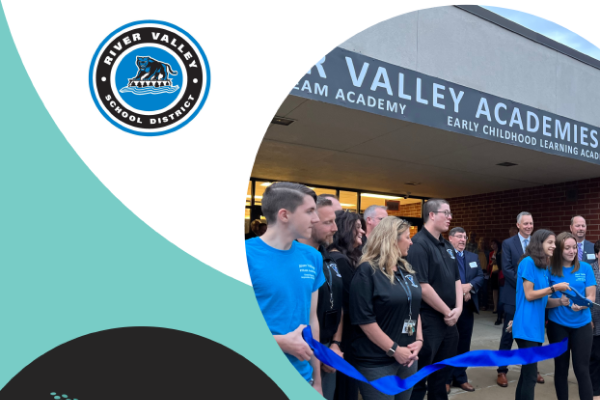Fulfilling the Democratic Aims of Education
September 01, 2020
A systemic approach for generating learning opportunities for students’ informed participation in civic and political life

A school board member asks the superintendent how the school district is working to deepen students’ literacy skills. Suppose the superintendent responds this way: “Well, that’s a good question. Literacy is important. I don’t want
to mandate attention to literacy because teachers are asked to do so much. But it is great that some of our teachers include reading and writing opportunities in their courses.”
Then he adds: “I think one thing we need to have
is more extracurricular activities for students who are interested in reading and writing. Of course, not every student will want to join these clubs, but those who do will experience valuable opportunities.”
No superintendent would
actually say this. However, suppose one substitutes “learning to read and write” with “learning how to participate in a democracy.” Now the superintendent’s response — “I don’t want to mandate [it] …
but it’s great that some teachers include opportunities for civic engagement in their classes” — doesn’t seem so odd.
Indeed, while school leaders’ and districts’ mission statements frequently refer to
preparing all students to be thoughtful citizens, few school systems make a systemic commitment. Districts rarely ensure all students are exposed to the full range of civic learning and skills for informed participation in civic and political life.
This relative neglect is not surprising given that literacy and STEM are connected to high-stakes assessments. A recent national survey of principals by Education Week found the biggest hurdle to promoting civics was “pressure to focus on other
subjects because they are tested or emphasized.”
Of course, every four years, in the run-up to the presidential election, the desire to prepare students to become informed voters resurfaces. For the most part, though, other than perhaps
a required one-semester government course or a schoolwide mock election, civic education is intermittent and idiosyncratic. As a result, not all youth are adequately or equitably supported to develop civic capacities.
This Content is Exclusive to Members
AASA Member? Login to Access the Full Resource
Not a Member? Join Now | Learn More About Membership
About the Authors
Erica Hodgin is co-director of the Civic Engagement Research Group at the University of California, Riverside’s Graduate School of Education.
Joseph Kahne is the Ted and Jo Dutton Presidential Chair for Education Policy and Politics at University of California, Riverside and director of the Civic Engagement Research Group.
John Rogers is a professor at UCLA’s Graduate School of Education and Information Studies and director of UCLA’s Institute for Democracy, Education and Access.
Additional Resources
The authors of this article, along with their partners, have developed these resources, which support school districts to integrate civic learning opportunities for students.
- The Civic Engagement in the Digital Age video describes what civic engagement is and shares how the Oakland Unified School District is integrating civic learning districtwide.
- The Civic Engagement Research Group’s collection of videos highlight various civic learning and civic media literacy approaches in a range of classrooms.
- The Digital Civics Toolkit is a collection of resources for educators to support youth in exploring civic opportunities of digital life.
- Chicago Public Schools’ Student Voice Committees are described in detail.
- The Teaching for Democracy Alliance is a collection of civic education organizations working jointly to support K-12 teachers and administrators on practical democracy lessons, including ways to teach about elections and voting.
- “High Quality Civic Education: What Is It and Who Gets It?” by Joseph Kahne and Ellen Middaugh, Social Education, January/February 2008. The article describes a model of high-quality civic education and the research base that supports it.
- The Leveraging Equity and Access in Democratic Education initiative, co-managed by UCLA and UC Riverside, is a resource center for school districts on quality civic learning opportunities.
Advertisement
Advertisement
Advertisement
Advertisement


